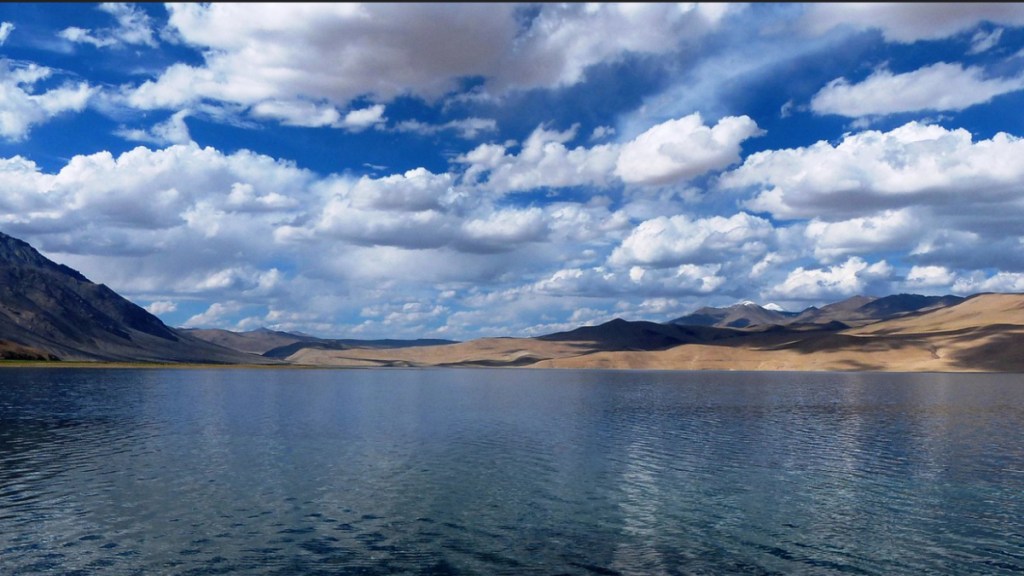By Pooja Thakran
Water has become a global cause for concern. The latest reports on Bengaluru are a grim reality of the crisis that citizens are facing due to poor planning. As of October 2023, more than 2.4 billion people lived in water-stressed geographies and freshwater resources per individual had dropped by 20 percent. Incidentally research done few years ago had estimated that close 1.8 billion would live in regions with absolute water scarcity by 2025. India, with 18 percent of the world’s population but only 4% of its water resources, ranks among the most water-stressed countries globally.
Water crisis in India is a complex tapestry woven from rural and urban challenges alike
The water crisis is multifaceted, extending its grip over both urban and rural landscapes, with agriculture-intensive regions facing particularly acute challenges. Urban centres grapple with alarming consumption patterns and a host of infrastructural shortcomings, including aging systems, inadequate sanitation, and unequal distribution networks.
In rural India, where agriculture sustains livelihoods, water scarcity compounds vulnerabilities. In fact, the rural challenge extends beyond India, as agriculture makes up for close to 69 percent of all annual freshwater withdrawals worldwide. On the domestic front, over the past decade, erratic monsoons and climate change have threatened agricultural productivity, endangering water security and economic stability. Additionally, traditional irrigation infrastructure and farming practices are also straining water resources. This convergence of urban and rural challenges underscores the urgent need for holistic solutions that balance agricultural needs with environmental stewardship while ensuring equitable access to water for all.
India’s water crisis calls for collaborative solutions addressing diverse challenges
The good news is that various measures are already in place to address water scarcity. In India, stakeholders from diverse sectors, including government, businesses, civil society organizations, and academia, are actively engaged in water stewardship initiatives. In urban areas, the transition towards water-efficient appliances, and the adoption of technologies like rainwater harvesting, desalination, water recycling etc. is driving ecological change. Similarly, in rural regions, the focus has been towards implementing sustainable agricultural practices, improving irrigation infrastructure, and promoting water conservation in farming. However, there are still many gaps with regard to the scale adoption of these practices.
Over the past decade, there have also been many new innovations that are driving water conservation imperatives. For example, the convergence of emerging technologies like AI, IoT sensors, and advanced meters are facilitating better water quality & responsible water usage, improving quantity control and enabling remote asset management. Moreover, the deployment of advanced geographical information systems (GIS), digital twins, 5G, blockchain, cloud technologies and AR/VR technologies in the water preservation journey is empowering custodians to understand and apprehend anomalies and activate the right water management solutions.
As the overall water demand is projected to reach 1,180 BCM2 under the high-demand scenario by 2050, comprehensive action is essential to drive water sustainability. This calls for a radical overhaul of infrastructure, bolstering distribution systems, and staunch efforts to curtail water wastage to ensure fair access across urban and rural areas alike. Industry bodies must take proactive steps, investing in water infrastructure and enacting policies to promote responsible water usage. Simultaneously, businesses must actively embrace water-saving practices and integrate sustainable approaches into their corporate responsibilities.
The development sector stands as a formidable force in propelling water preservation
The development sector, both locally and globally, is a key instrument in driving progress. Moreover, through advocacy campaigns, capacity-building initiatives, and resource mobilization efforts, development sector is amplifying the importance of water stewardship in achieving broader sustainable development goals.
India’s development sector is driving many technology interventions and innovative models in this journey. This segment is spearheading initiatives focused on water conservation and sanitation improvement, through community-based watershed programs, water management projects, water infrastructure projects, modern irrigation technologies, new age water rehabilitation methods and community education for water preservation. One notable example is the ecosystem-based adaptation for resilience incomes (ECOBARI), which brings together various stakeholders including government representatives, businesses, civil society organizations, academia, NGOs, and media to effectively tackle the issues of water depletion, biodiversity loss, and land degradation.
Beyond the development sector, many new age start-ups are also spearheading the water conservation journey, through their unique offerings. While some of them are creating solutions to safeguard and replenish freshwater sources, others deploy IoT and WiFi-enabled smart water management systems for homes and apartments. For example, a conventional technology was developed recently which leverages environmental moisture and renewable energy to produce clean drinking water. Moreover, in the past few years, start-ups have also created a range of eco-friendly products including waterless urinals, natural cleaners, sewage treatment solutions, and composting structures for organic waste etc. which are supporting this journey.
In conclusion, as we look closely at industry predictions which estimates that 700 million people could be displaced by intense water scarcity by 2030, we also realize that water scarcity is not a distant threat. Many Indian cities are grappling with this reality. As we reflect on World Water Day, the urgency of addressing water scarcity cannot be overstated to achieve ‘Water for Peace’. It necessitates collective action, with each stakeholder playing a vital role to achieve the United Nations’ 2030 agenda for water equity.
The author is Senior Director – Corporate Communications and CSR at Honeywell India.
Disclaimer: Views expressed are personal and do not reflect the official position or policy of Financial Express Online. Reproducing this content without permission is prohibited.
